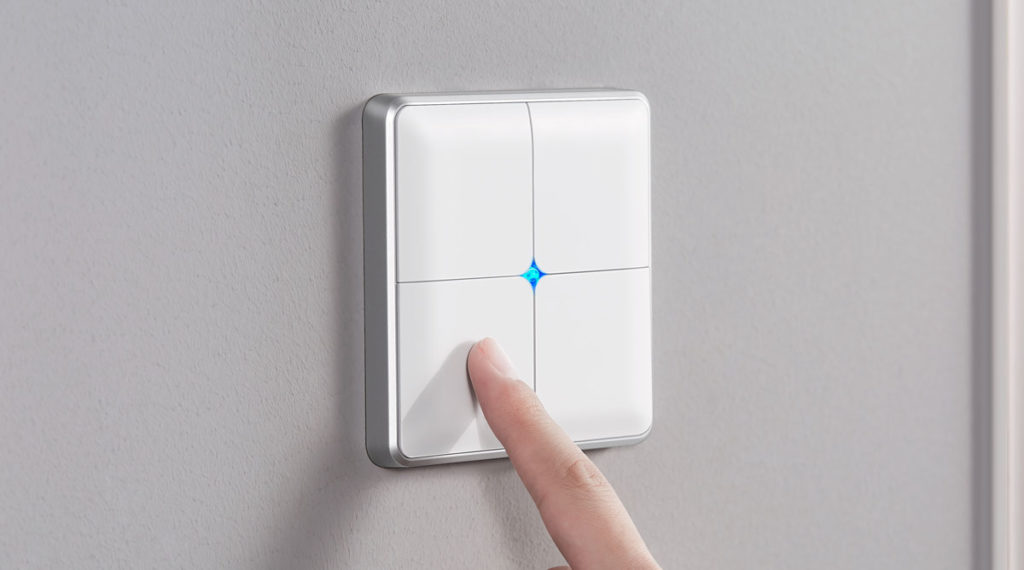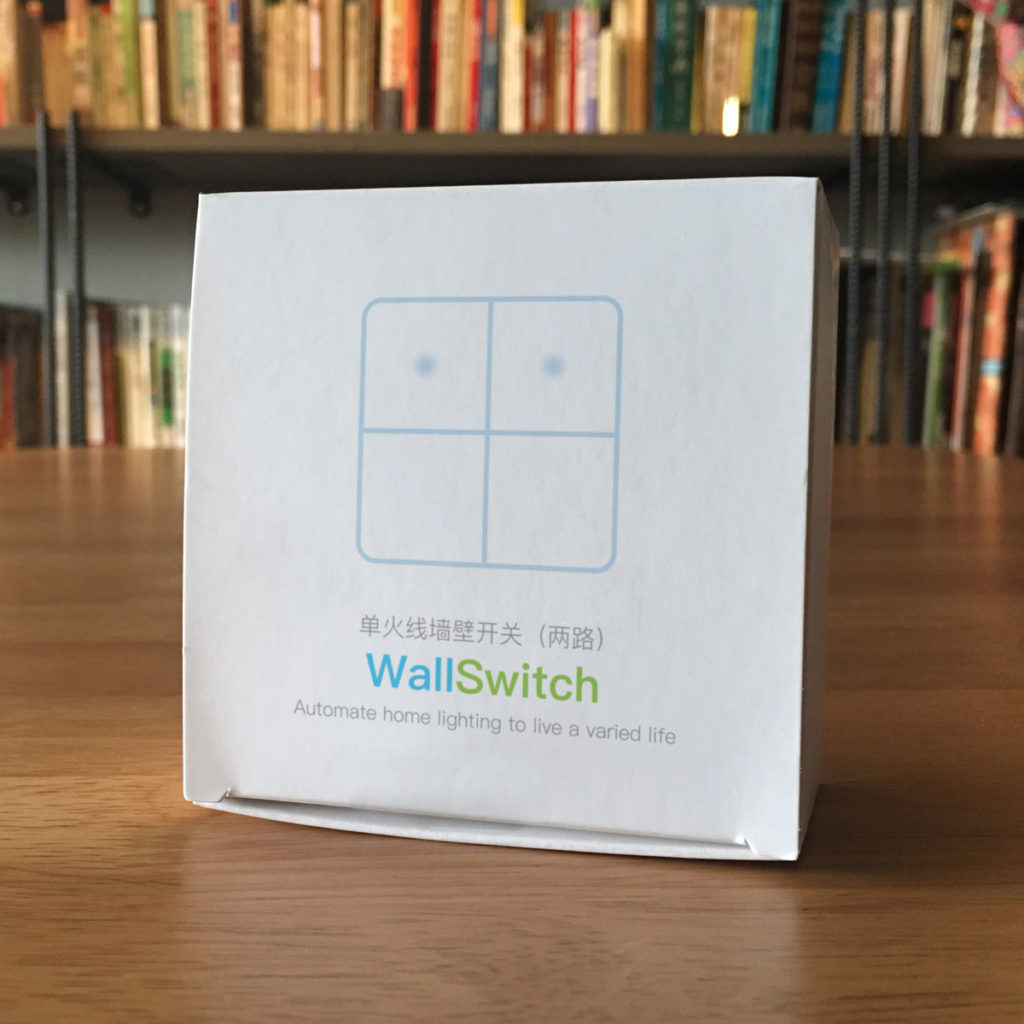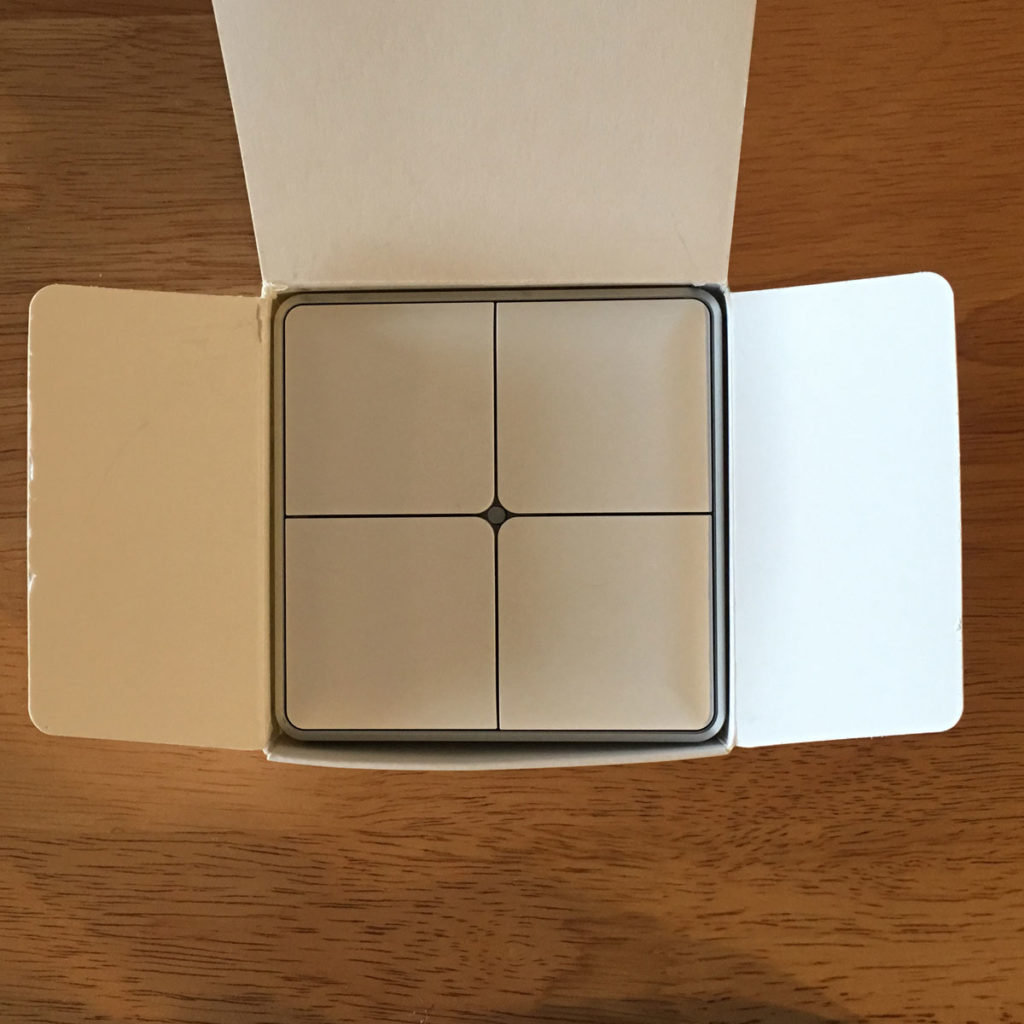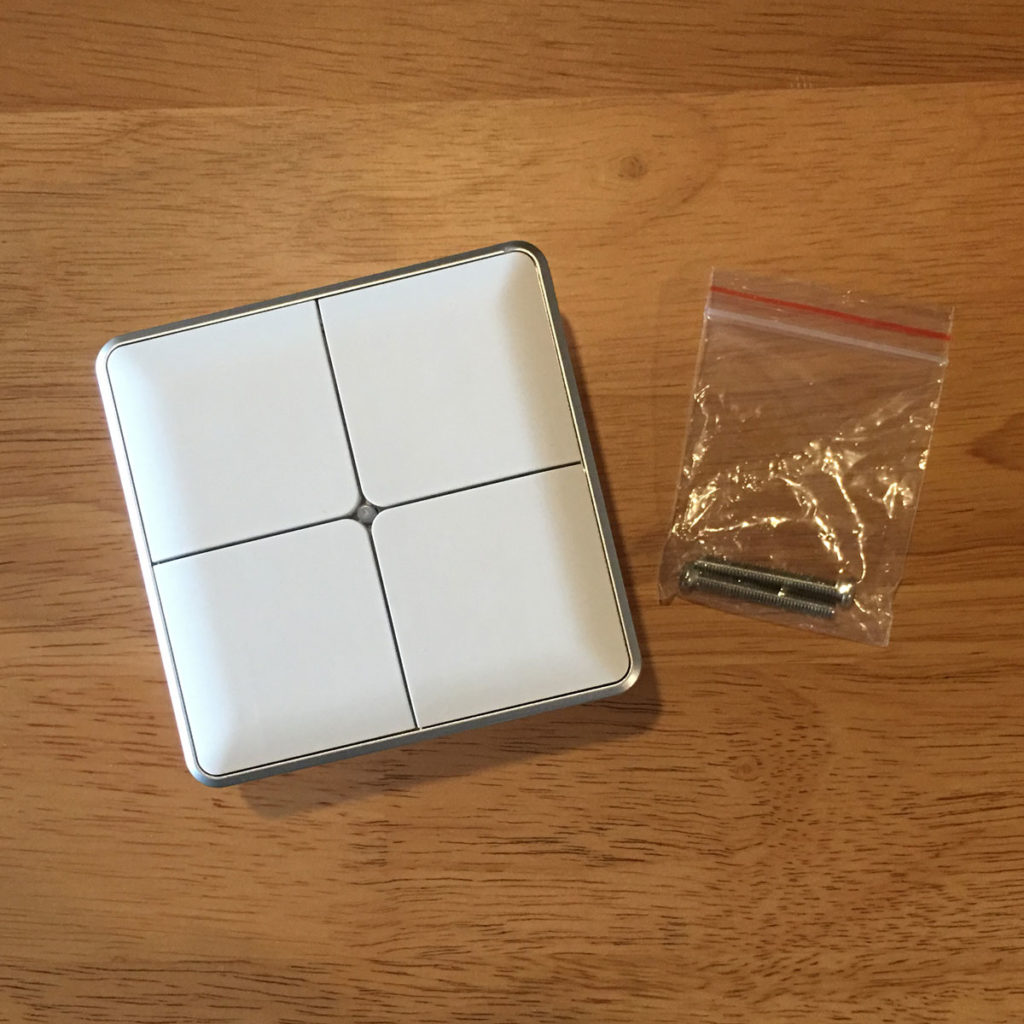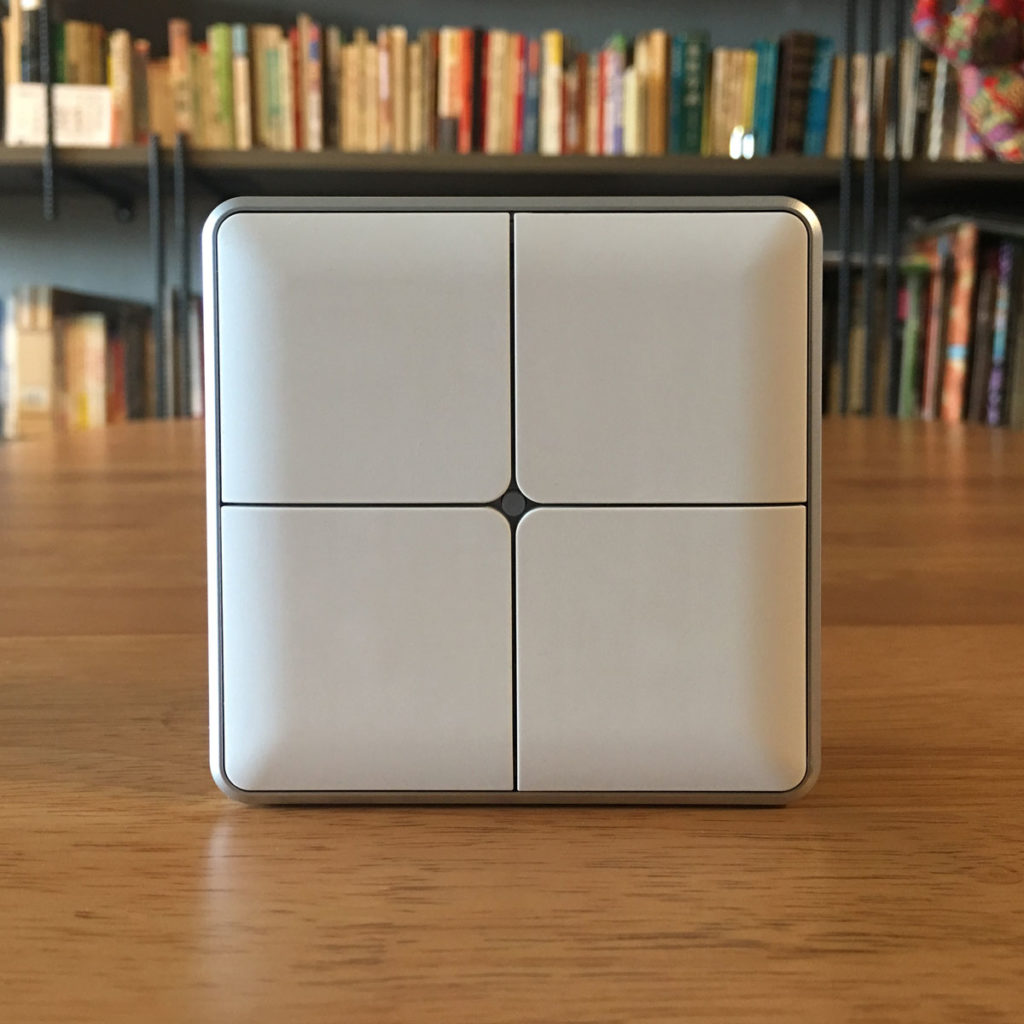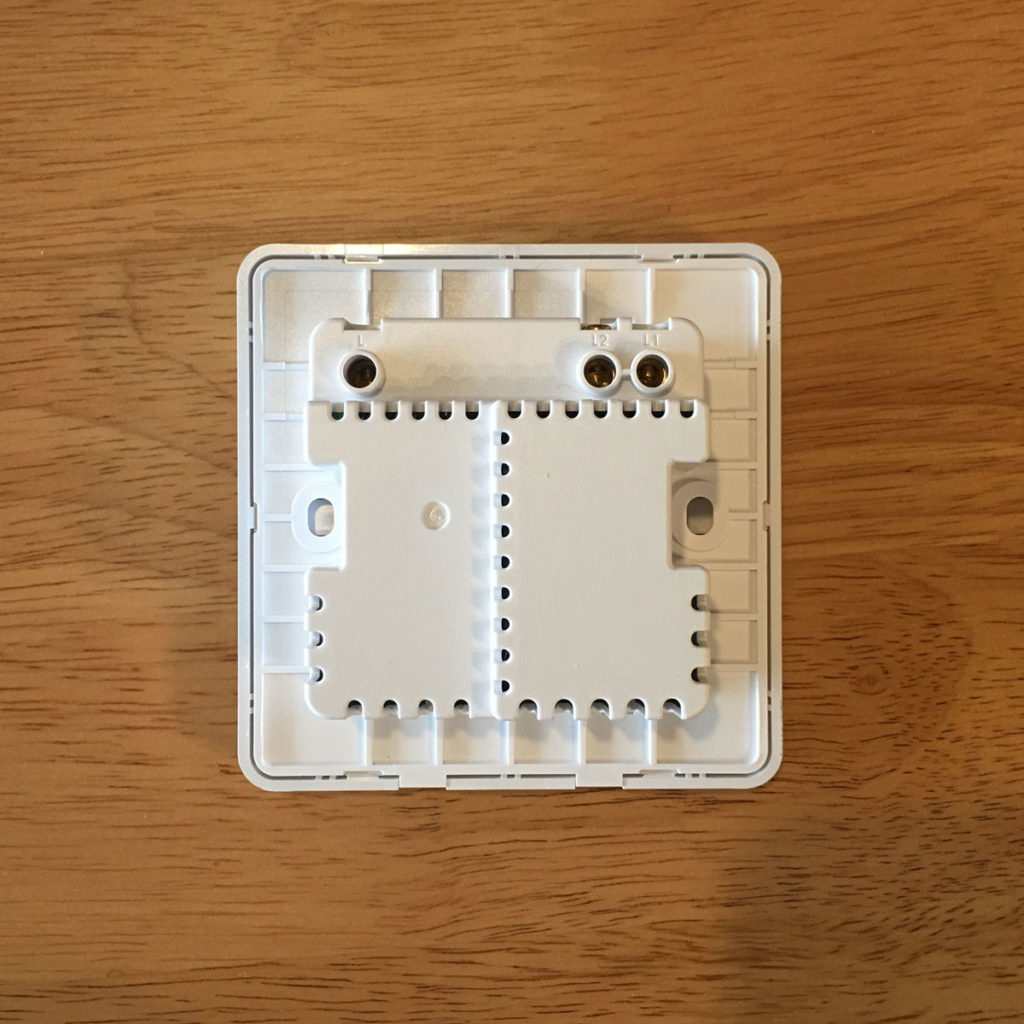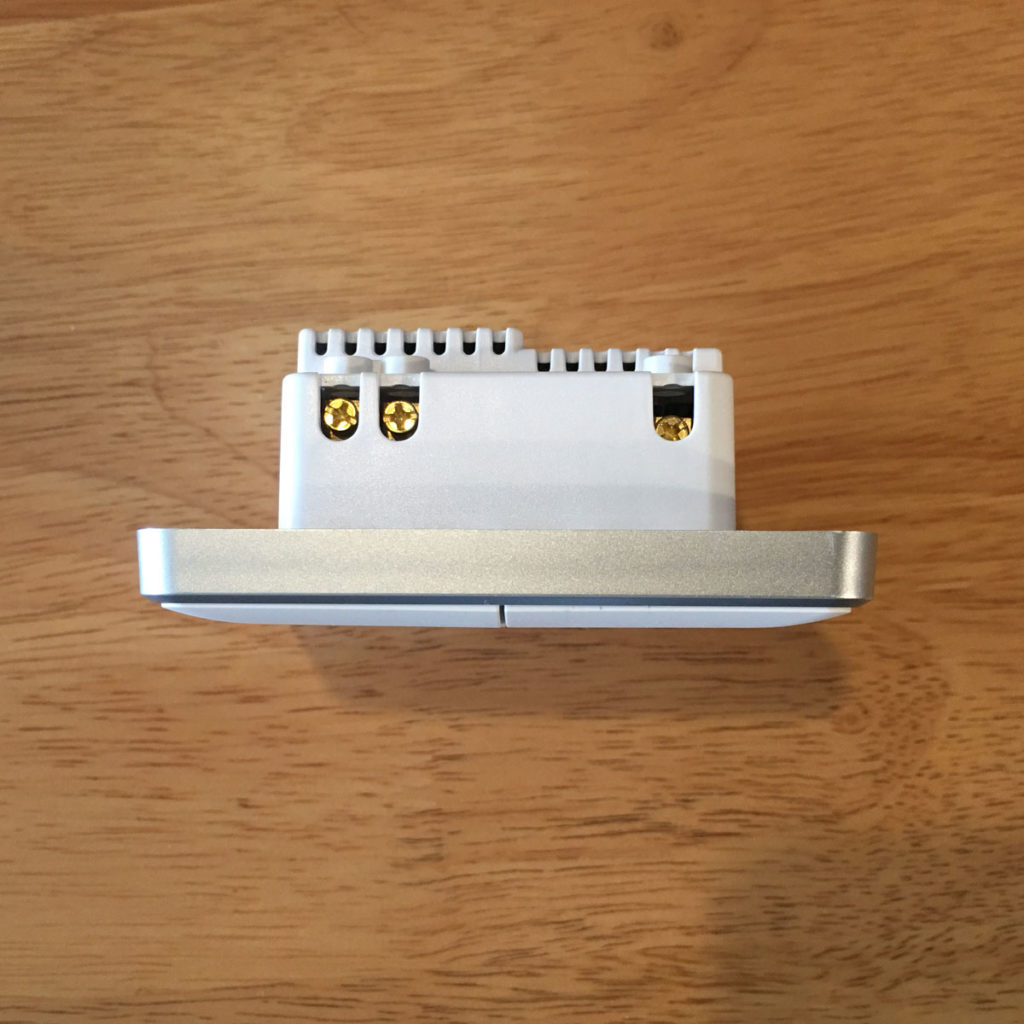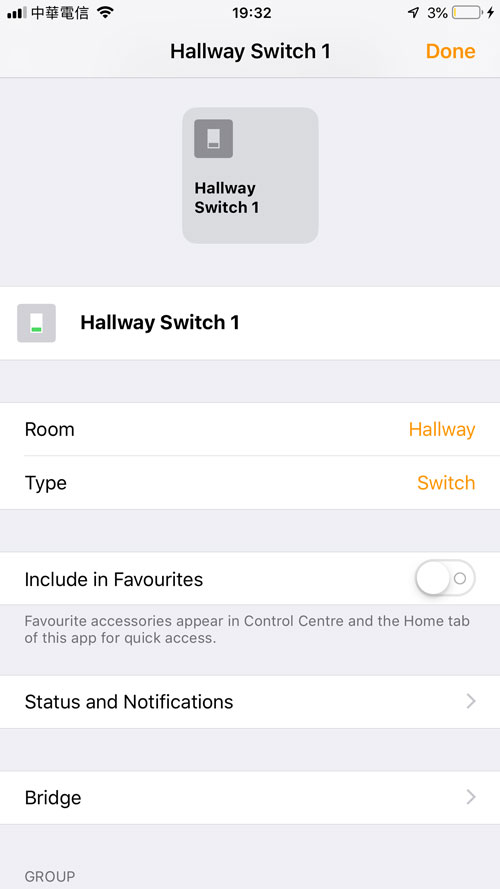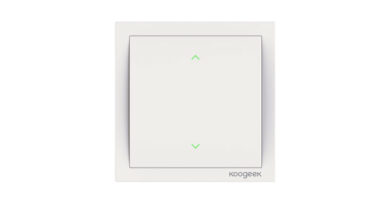Xiaoyan Wall Switch (review)
Of the many companies that have emerged from China in the ‘Smart Home’ space, Xiaoyan are one such company that seem to be taking a more measured approach to releasing their products, which not only helps with keeping potential issues and updates under control, but also allows for generally good quality products to hit the market with no issues to begin with. Having already created an overview video of their suite of Smart Home products (which can all be bought separately), they also have a series of hardwired in-wall switches available, although currently only via a few China-only online stores. However, these will eventually be making their way to larger, more established outlets in other territories. Today I’m going to look at one of these Smart Switches, which is available in a variety of options, and in the case of this unit, we’ve got the 2-gang switch variant, that controls two wired lights, in addition to having two programmable switches.
As always, I like to start off with initial impression of the packaging; This isn’t the most sturdiest of boxes, so if this is going to be shipped anywhere at all, I’d like to think that some measure of protection would be part of the packaging that this would then be delivered in, but considering this has made its way from Shanghai to myself in Taiwan (still a fair distance), it seemed to manage the journey with ne’er a scratch. Full marks for the minimalistic design though, which I do like, and which matches the theme of all of their other product packages. The design on the front gives you a basic outline of the switch layout, but in addition, it tells you which version of the switch you have – so in this case, it’s a two-gang switch, indicated by the two dots in the centre of the each of the two top buttons. The three gang and four gang switches will have the corresponding amount of dots. Simple and effective.
As the packaging is quite ‘straightforward’, upon opening the box, you’re immediately presented with the switch itself, and it is a beauty! Really minimalist, but great use of subtle rounded edges, where required. Once out of the box, there’s really only the addition of a pair of screws that you need in order to fix this to the wall, along with a small manual (not pictured). The switch itself is designed for the UK and China, so the size is the standard 86 x 86mm. This means the currently available versions will not be suitable for US light switch recesses, although I’m told there will be US versions in the near future. As I’m in Taiwan, and we have the same setup as the US in terms of voltage, outlet style and switches, then the switch recesses I have weren’t large enough to accommodate this. However, I was able to wire it up and test it, and have since been able to create a temporary home for the switch itself – never say never!
All of the variants are suitable for 110-120v and 220-240v 50/60Hz systems, and currently there are switches with and without the requirement for a neutral wire;
- Single, 2 and 3 gang variants without a neutral connection
- Single, 2, 3 and 4 gang variants with a neutral connection
Each hardwired switch is capable of a load of 600w for the versions without a neutral wire, and 2000w for the ones with a neutral wire if you’re in a 220-240v region, while regions with 110-120v systems can expect a load of 300w for versions without a neutral wire, and 1000w for the ones with a neutral wire. Given that the programmable switches are merely used for triggering other devices, the wattage doesn’t apply like it does with the wired buttons.
The variant I have is 2-gang, with no neutral connection, which is suitable for Taiwan. When it comes to these different gang variants, essentially all of them are of the same design, so you get four switches, regardless. What this means is that with the single gang switch you get one switch that is wired and therefore controls the light that it’s wired to, with the other 3 switches being of the programmable variety, like any smart button (e.g. Eve, Fibaro, Aqara etc). By that logic, it follows that my variant controls two wired lights, and has two programmable buttons, the 3-gang switch controls 3 wired lights, with one programmable button, and finally, the 4-gang controls four wired switches but has no programmable buttons. There are plans to further enhance the functionality of all switches, but for now it’s as outlined.
As this is a ‘no-neutral required’ switch, it was relatively easy to set up, and once I’d figured out which wire was which, I was up and running quickly (in part thanks to Xiaoyan being available via WeChat to make sure I had it all set up correctly) . I’ve actually never had the opportunity to wire up a switch, so although this was all new to me, it was actually very straightforward. Once I’d restored power to the lights, the central LED lights up, although I was surprised to see that it was green and not blue as per the promotional images. I spoke to Xiaoyan about this and it’s something they’ll be correcting, not that it ultimately matters, as long as you’re not averse to green, or you were really counting on blue.
This switch works from the mains electricity and connects to the Xiaoyan hub (Home Center) via Zigbee, which in turn connects to your network, so in order to get it all connected, you simply follow the instructions in the Xiaoyan app, to get it paired with their hub, and from there it’ll appear in the Home app. This obviously means you need the hub for this to work. In the app, you get three tiles, two of which control the wired lights, and one tile that represents the two programmable switches, so whilst the wired switches can be controlled via the tiles themselves, the programmable switch tile just leads to the settings page, which enables you to program them. As these can control anything from lights, to a coffee machine(via a smart plug), or anything you can drop into an automation or scene, there’s plenty of scope as to what you can do with them. Of course, even if you had the 4-gang switch and no programmable switches, you can still create condition-based automations via the status of the lights they’re connected to, so there is tonnes of potential for this product.
Although I didn’t initially notice at the time, largely due to the switch initially being tested in a brightly lit area, all of the buttons that are connected to the wired lights have small white LEDs underneath and in the centre, to show you what state they’re, in whilst also giving you the ability to see them in a darkened room. Response time for both the wired and programmable switches was really great, largely thanks to using Zigbee as the preferred communication method, and in the two weeks that I had it wired up, I don’t recall any issues other than a slight delay from one particular automation, which I suspected was down to the end device rather than the switch itself.
Taking a look at the design of the product itself, Xiaoyan have gone for the durable matt plastic finish you’re seeing a lot these days, especially with devices coming from the likes of Xiaomi and Aqara, and I do like it. The switch surfaces aren’t immune to dirty or greasy fingers, so it probably pays to keep on top of cleaning them regularly if you want to keep them looking pristine. I’m not so keen on the silver trim, but it’s not ostentatious enough to come across as gaudy, so I can easily live with it. I’d have liked to have seen a white option ultimately, but the silver is growing on me. The buttons themselves have a nice, reassuring click when pressed, and although they feel a lot firmer than something like the Philips Hue Dimmer switches, which definitely have a lot more ‘wiggle’ when pressed, if you do press the buttons right on the inner edges (where the central LED is) then it’s harder for them to register, which given the design, is not surprising. This is far from a negative point though, and of all the switches I have tested, these seem the most robust in terms of the feel when pressed.
All in all, given this is the first time I’ve tested out a hard-wired switch, I’m first and foremost relieved at how easy it was to set up, but also that this particular switch does give you a lot of options, with more to come. Once they do bring out US versions (also hopefully with a no neutral option) I’d love to get more to put in the apartment, as I do think they look slick and modern, but also understated.
more information can be found on Xiaoyan’s website – xiaoyan.io
Full disclosure: Xiaoyan provided HomeKit News with the Smart Switch for the purpose of this review. No other compensation was made or requested.

